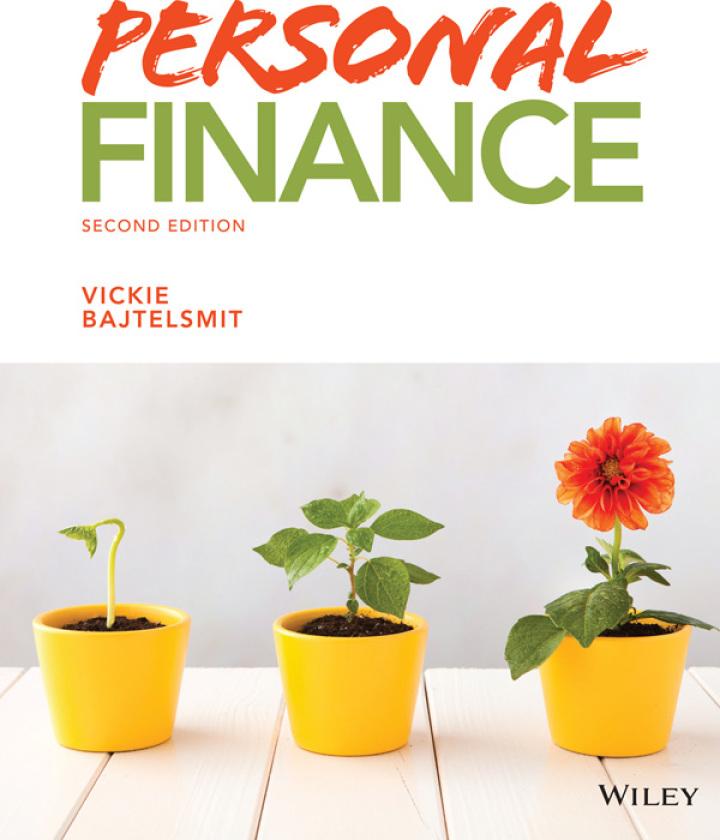Question 9 (5 points)
Do Problem 9-4 PART c. ONLY on page 335 of the book. ROUND YOUR ANSWER TO THE NEAREST WHOLE DOLLAR. DO NOT USE DECIMAL PLACES. DO NOT USE A DOLLAR SIGN.__________
Chapter 9 Stocks and Their Valuation 335 Questions 9-1 9-2 9-3 9.4 It is frequently stated that the one purpose of the preemptive right is to allow individuals to maintain their proportionate share of the ownership and control of a corporation. a. How important do you suppose control is for the average stockholder of a firm whose shares are traded on the New York Stock Exchange? b. Is the control issue likely to be of more importance to stockholders of publicly owned or closely held (private) firms? Explain. Is the following equation correct for finding the value of a constant growth stock? Explain. Do is +g If you bought a share of common stock, you would probably expect to receive dividends plus an eventual capital gain. Would the distribution between the dividend yield and the capital gains yield be influenced by the firm's decision to pay more dividends rather than to retain and reinvest more of its earnings? Explain. Two investors are evaluating GE's stock for possible purchase. They agree on the expected value of D, and on the expected future dividend growth rate. Further, they agree on the riskiness of the stock. However, one investor normally holds stocks for 2 years, while the other holds stocks for 10 years. On the basis of the type of analysis done in this chapter, should they both be willing to pay the same price for GE's stock? Explain. A bond that pays interest forever and has no maturity is a perpetual bond. In what respect is a perpetual bond similar to a no-growth common stock? Are there preferred stocks that are evaluated similarly to perpetual bonds and other preferred issues that are more like bonds with finite lives? Explain Discuss the similarities and differences between the discounted dividend and corporate valuation models. This chapter discusses the discounted dividend and corporate valuation models for valuing common stocks. Two alternative approaches, the P/E multiple and EVA approaches, were presented. Explain each approach and how you might use each one to value a common stock. 9-5 9-6 9-7 Problems 9-1 Easy Problems 1-6 9-2 9-3 DPS CALCULATION Weston Corporation just paid a dividend of$1.00 a share (ie., D. = $1.00). The dividend is expected to grow 12% a year for the next 3 years and then at 5% a year thereafter. What is the expected dividend per share for each of the next 5 years? CONSTANT GROWTH VALUATION Tresnan Brothers is expected to pay a $1.80 per share dividend at the end of the year (i.e., D = $1.80). The dividend is expected to grow at a constant rate of 4% a year. The required rate of return on the stock, r., is 10%. What is the stock's current value per share? CONSTANT GROWTH VALUATION Holtzman Clothiers's stock currently sells for $38.00 a share. It just paid a dividend of $2.00 a share (i.e. Do = $2.00). The dividend is expected to grow at a constant rate of 5% a year. What stock price is expected 1 year from now? What is the required rate of return? NONCONSTANT GROWTH VALUATION Holt Enterprises recently paid a dividend, D., of $2.75. It expects to have nonconstant growth of 18% for 2 years followed by a constant rate of 6% thereafter. The firm's required return is 12%. a. How far away is the horizon date? b. What is the firm's horizon, or continuing, value? c. What is the firm's intrinsic value today, Po? 9-4







